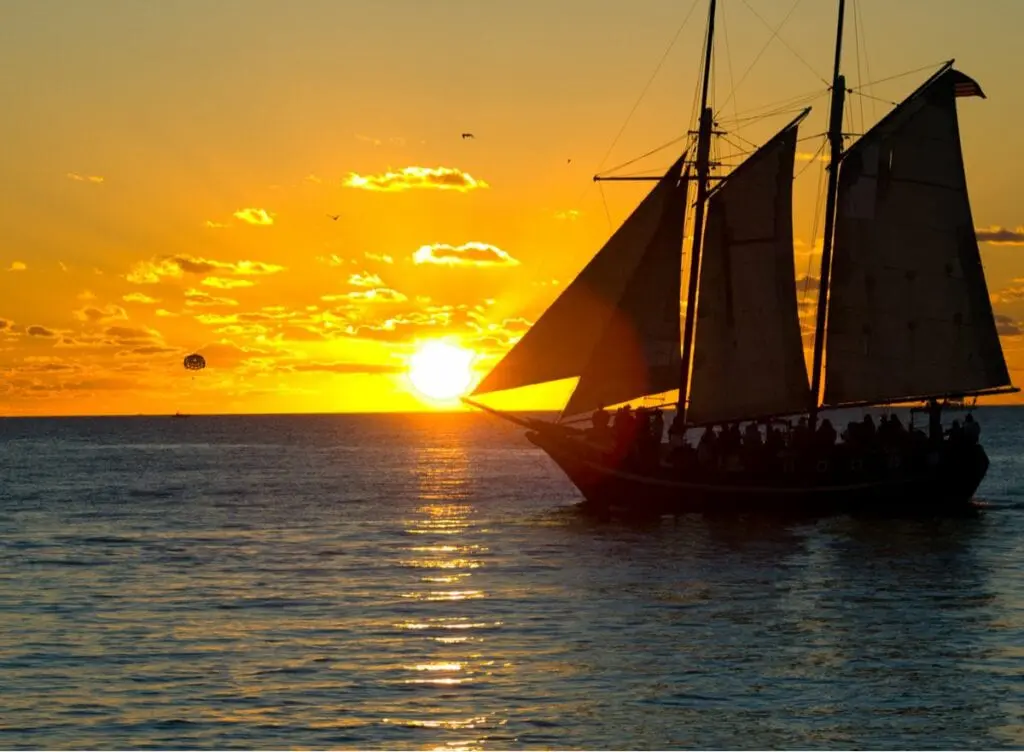Jacksonville is an area of stunning natural beauty, fantastic weather, river and ocean access, and a host of incredible natural resources. With all of these advantages, it’s no wonder that settlers have been drawn to the area for hundreds of years. In fact, to this very day, more and more people continue to visit Jacksonville each year to learn about the captivating history of Jacksonville and to enjoy everything that this great city has to offer.
The early history of Jacksonville was a time of exploration with French Huguenot explorers building the first settlement, Fort Caroline, in an area that was previously occupied by the native Timucuan Indians. The Spanish arrived just three years after the French Huguenot explorers, destroying their fort and establishing a presence in the region that would last almost two hundred years before handing over to the British and returning to the Florida colony again in 1763.
Since 1564, the region melting pot of people, cultures, and races, which have all played a part in the alluring history of Jacksonville. Below, we explore the timeline of Jacksonville’s early settlements from the natives to the Huguenot explorers and beyond.
Original Native Settlements
Archaeologists have traced the original native Indian settlements in the region as far back as 500 B.C. This is the time when they expect that the Timucuan Indians are thought to have developed their own unique culture. Long before the first Europeans made their first visit to Jacksonville, as it is now known, the Timucuan Indians occupied the area which was densely wooded. The first accounts of native settlements were provided by the first European settlers as the natives did not have a written language for records.
The First European Settlers
The 16thcentury was a time of great unrest in Europe as a series of religious wars took hold over the region. With the wars raging havoc on religious and political order in countries throughout Europe, a small group of French Huguenot explorers set sail for the New World in 1562. They built the first settlement on the south bank of the St. John’s River. However, the reign of the French in the New World didn’t last long as just three years later, in 1565, the Spanish arrived, destroying the Fort Caroline settlement and asserting their dominance in the region.
Spanish Settlers Arrive
When the French arrived at Fort Caroline in 1562, the Spanish already had control of many more areas to the north. The Spanish played a huge role in the history of Jacksonville and defended their territory to remove the French from the area. The former French-built Fort Caroline was destroyed and replaced with Fort San Mateo, which played a crucial role in the Spanish mission system. Over the next 200 years, the Spanish converted hundred of natives to Catholicism. With the help of the natives, they were able to successfully live off the land and thrive in the area.
Brief British Settlement
In 1963, the Seven Years War in Europe finally came to an end. The Spanish wanted to keep Havana, which was an important strategic location in their New World empire. Reaching an agreement with the British, Spain handed over control of their Florida territories in exchange for Havana and took the remaining Timucuan Indians with them.
The British held the Florida colony for just twenty years. During this time they established large land grants and plantations were developed to frow rice, vegetables, cotton, indigo, and rice. Under British rule, the population expanded and commerce in the port grew. However, despite more British loyalists settling here through the Revolutionary War, the British were forced to return control of the Florida Colony to the Spanish in 1783, ending British influence in the region.
Return Of Spanish Settlers
Although the Spanish were very successful in their first colonization effort, the second time around was not quite as lucrative. The majority of the British loyalists moved out of the region in favor of Canada or the Caribean. At this point, the Spanish Empie was beginning to weaken and decline. In the State of Georgia, just to the north, the locals had won their independence from Britain and started to see the opportunities that existed further south in Florida. After many attempts to remove the Spanish from Florida, including one by Andrew Jackson, Spain finally relinquished its control over Florida to the United States.
Florida Joins The United States
After many different colonisations and settlements of different areas of Florida, Florida finally became US territory in 1821. The St. John’s River became an important economic center and the first real town was established on the north bank of Cowford in 1822. The site was renamed Jacksonville, after provisional governor Andrew Jackson who would go onto become the seventh American President. Jacksonville played an important role in the exportation of cotton, oranges, lumber, and vegetables. Jacksonville continued to play an important economic and commercial role in the region, helping Florida to gain statehood in 1845.
Learn More About The Fascinating History Of Jacksonville
From early native settlements dating back to before 500 B.C to the Huguenot explorers, the Spanish, and the British, the history of Jacksonville was influenced by many different people. The city played a pivotal role in the development of the region and continues to have a major impact to this day.
Take some time to visit Jacksonville to learn more about the captivating history of Jacksonville and the surrounding areas to gain a real appreciation for what the French Huguenot explorers, the Spanish and the natives must have experienced back in those days. With countless historical sites, museums, and cultural exhibitions to visit, there is no shortage of ways for you to learn more about the history of Jacksonville.
